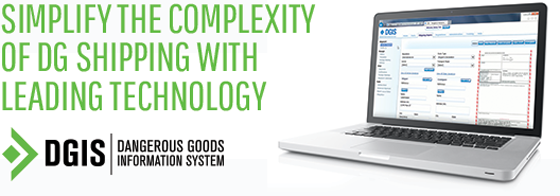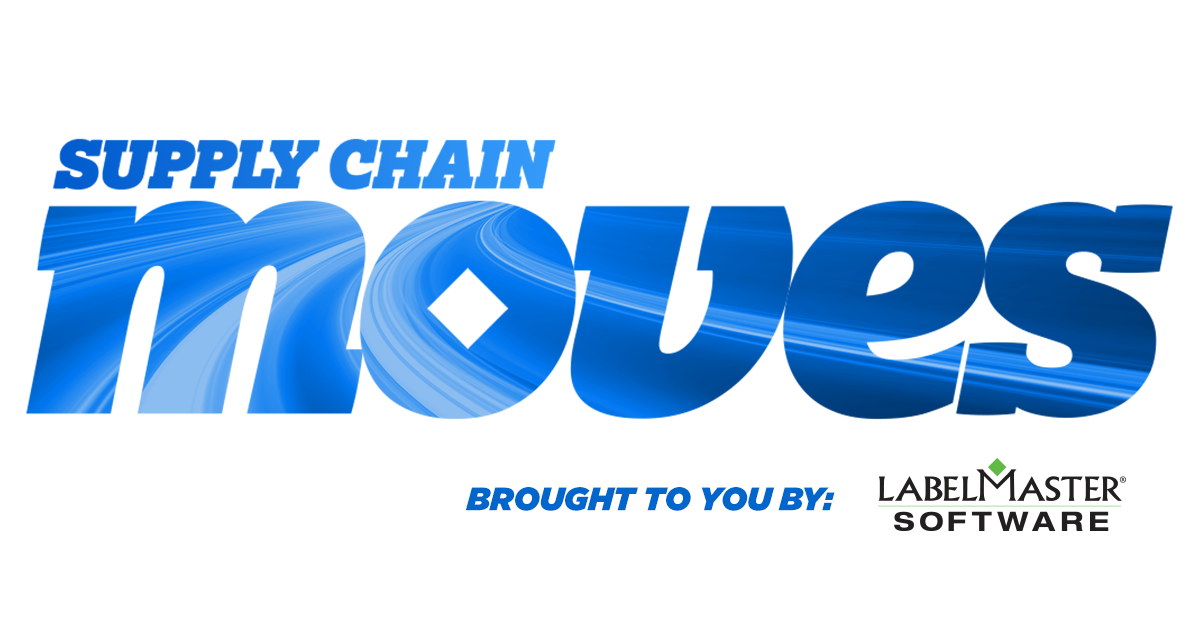

Week of July 15, 2019
Linking technology news with Dangerous Goods compliance
In today’s omnichannel shipping world, companies are faced with the challenge of meeting customer demands fast, free shipping while keeping costs down. This is especially challenging for those shipping dangerous goods. That’s why more shippers are looking to technologies to further enable this new normal.
To help companies keep a pulse on technology trends impacting business and the movement of dangerous goods throughout the supply chain, Labelmaster has launched “Supply Chain Moves,” a weekly report linking the latest technology news to dangerous goods compliance.
Let’s examine the recent supply chain technology and industry news.
TECHNOLOGY
- Omnichannel Shipping Gets More Complex When You Mix in Dangerous Goods: Decentralized, omnichannel shipping is the new normal, but it also brings new challenges, especially when you’re shipping dangerous goods.
- Study: Automotive Supply Chain Lacks Transparency: Automotive companies are among the biggest spenders on the digitalization of their supply chains, but a new study finds that they suffer from a lack of transparency when it comes to capturing costs.
- A Third of Supply Chain Pros Use Robotics, but Cost and ROI Remain Barriers: About 32% of supply chain professionals say they are actively using robotics and automation, but one of the biggest challenges to getting warehouse robotics in place remains cost and an unknown ROI.
- Tips for Choosing the Right ERP System: With many ERP vendors in the market today, choosing the right one for your business can be challenging. Here are some things to consider when choosing the best ERP system for your business.
- Supply Chain’s Cloud-first Strategy: More companies are shifting toward the use of public, private and hybrid clouds to run their supply chains.
- Other Voices: Perspectives on Shipshape Distribution with a WMS: Flexibility of a WMS’s manifest and shipping system can boost productivity in the warehouse.
3PL TECH
- Descartes Datamyne Reflects on Current Ocean Cargo Marketplace: Descartes Datamyne’s Brendan McCahill shares his views on the current ocean cargo arena, IMO 2020 and how technology has created greater transparency in the industry.
- Transplace Makes End-to-end Real-time Visibility a Standard Offering: Transplace partners with Descartes MacroPoint to offer end-to-end real-time visibility as a standard feature to its managed transportation and TMS customers.
Technology & Dangerous Goods Compliance
In order to satisfy growing customer demands for fast, free delivery, companies are now shipping from multiple locations and using multiple carriers – making decentralized, omnichannel shipping the new normal. But this new normal brings new challenges as companies must figure out the most efficient, cost-effective way to pack shipments and make sure shipments are compliant regardless of where they originate or if they are using a multi-carrier network.
In a recent blog post, Pierbridge’s Mike Graves notes that cartonization traditionally meant eliminating empty space, but now means finding the most efficient way to pack a carton for shipment. Sometimes this means combining two smaller boxes into one bigger one, while in other cases, the converse might be more efficient.
As complex as parcel optimization can be, including dangerous goods adds a whole new level of complexity. For example, “Certain dangerous goods can’t be packed together. While others may have to be packaged upright,” says Graves. And you need to make sure every shipment is fully compliant with Dangerous Goods (DG) regulations.
The shift to omnichannel shipping has also compounded the complexity of hazmat compliance. To facilitate fast delivery, shipments are not shipped from a central distribution center (DC) where hazmat packaging processes can be monitored closely. To be closer to the customer, shipments may originate from a local DC, warehouse, the manufacturer or a retail store and not undergo the same level of scrutiny.
“There’s not one single compliance officer anymore,” said Graves, who notes that it is often retail store personnel who are now picking and packing shipments. “How do you take that knowledge and enforce it at the store level?”
According to Graves, the answer involves automation.
He cites a large shipper who ships items from a major retailer directly to customers. “If there is a dangerous goods SKU, the order gets routed through the software to the compliance team for completion and approval. Then it ultimately goes to the store with specifications for the label, packing list, and what box is required. All the store employees have to do is collect the documents and put the labels on the box.”
How do you optimize every shipment without worrying about hazmat compliance gaps?
To get a handle on its complexities and challenges of this new normal, join Pierbridge’s Mike Graves and Labelmaster’s Brian Beetz for the webinar “How to Stay Dangerous Goods Compliant and Optimize Parcel Shipping in the Brave New Omnichannel Shipping World” – on July 25 at 1 PM EDT.

Labelmaster’s Dangerous Goods Information System (DGIS) is the leading SaaS solution to help companies more efficiently and accurately manage their Dangerous Goods shipments. DGIS validates your Dangerous Goods shipment data against the latest regulations, ensuring a more efficient supply chain and reducing friction found in Dangerous Goods shipments. DGIS is a certified partner/validation solution with ERP, transportation and warehouse management systems.

